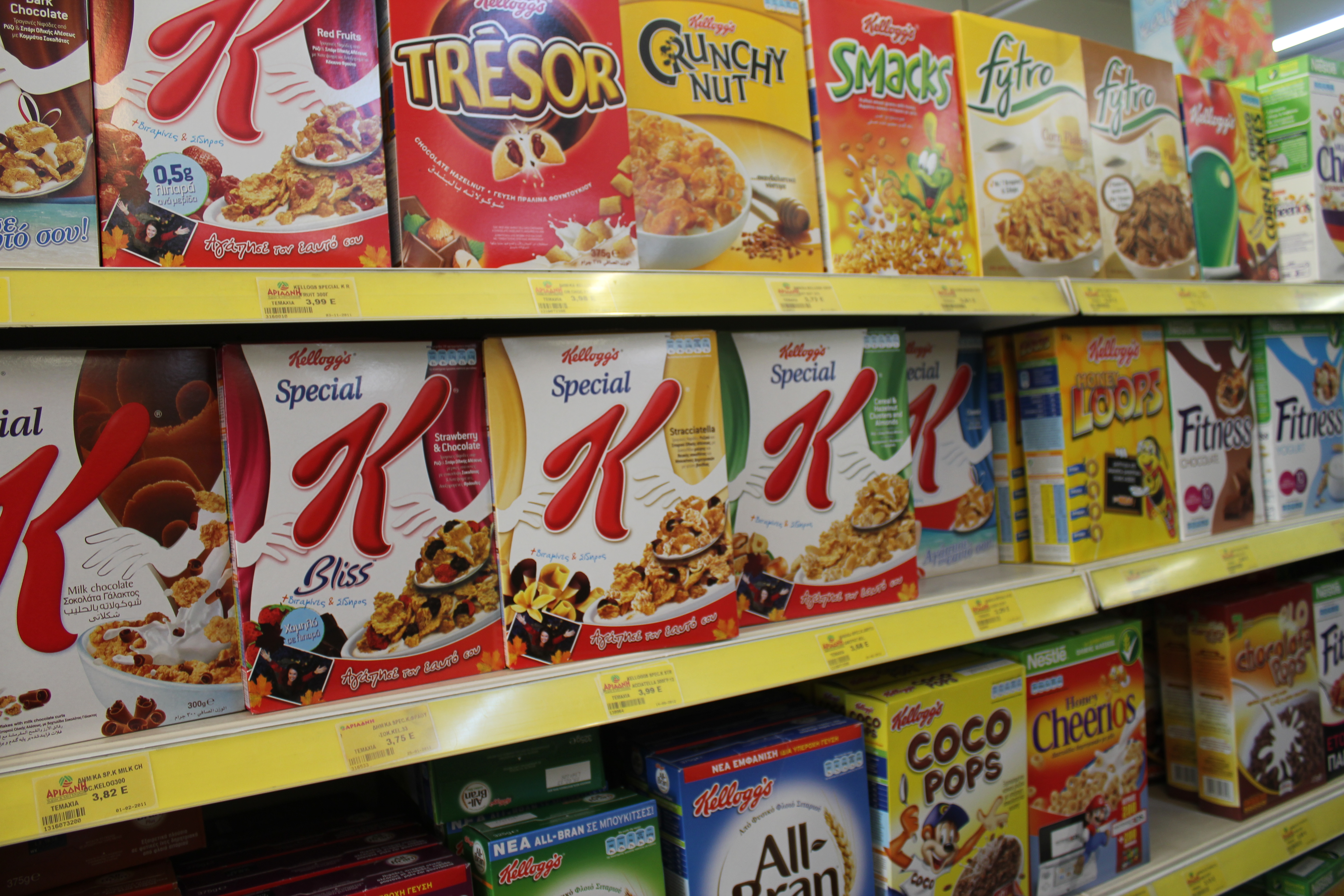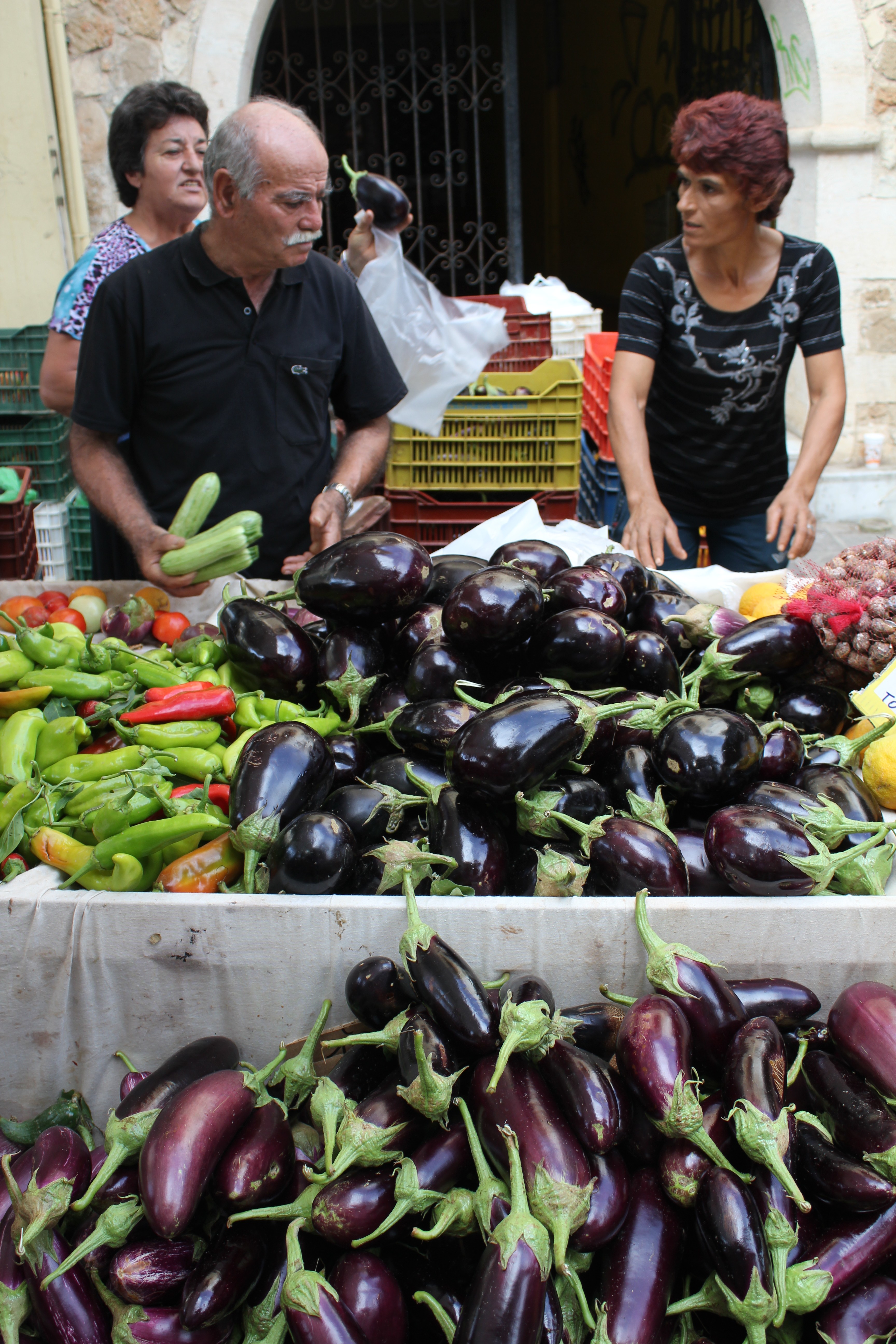The UN estimates that more than 10 percent of the world’s population is chronically malnourished. Yet the number of overweight people is even higher. Over the last 30 years, the global obesity rate has doubled.
To find out why, I traveled to the island of Crete, in southern Greece. Since the 1950s, study after study has shown that the Mediterranean diet, and especially the diet of Crete, makes you live longer, protects you from heart disease and cancer, and keeps you from getting too fat. Look at lists of the world’s healthiest diets, and the one from Crete often ranks at the top.

Unfortunately, hardly anybody follows it anymore.
I met a 16-year-old I’ll call Eleni with her mother in Chania, a port city of about 50,000 in western Crete. Eleni’s grandparents lived in the countryside, but she and her parents grew up in town.
Eleni has struggled with her weight most of her life. Schoolmates have taunted her. Her mother told me she tries to lose weight, but then she lapses.
“Sometime she eats a lot,” she said. “Whatever you can imagine. But other times she’s okay. I don’t know. That’s the problem.”
She thinks her daughter’s weight issues have to do with lack of discipline and low self-esteem. But clearly there’s something bigger going on. Today Greece has the one of the highest obesity rates in the world. The proportion of overweight children – about 40 percent – may be the highest, except for some Pacific islands. The problem is especially bad in Crete, home to what could be the world’s healthiest diet. What gives?

“It has to do with many factors,” said Christina Makratzaki, a local dietitian who also battled obesity as a teenager.
“In the ’50s and ’60s, the people, they were poor, but they were healthy,” she explained. “They were eating very good foods – the olive oil, the olives, the green leafy vegetables that are our treasure. But they were enforced in a way because of their poverty to use these things.”
Then people here got a little money – from tourism, from agriculture – and everything changed.
“Now, we have many choices,” she said.
Like processed food from the supermarket and fast food on the street. And soda and doughnuts and ice cream. All of it cheaper to buy, easier to prepare – and, especially for children, harder to resist – than what grandma used to make. And then there’s the marketing – a relentless bombardment of ads aimed at kids for products like soft drinks and breakfast cereal and processed meat.
It’s all part of what’s known as “the nutrition transition.”
“The nutrition transition happens very quickly,” says Marion Nestle, a nutritionist at New York University whose books include What to Eat and Why Calories Count. “As soon as people get money, they start buying more meat and more processed foods. Well, that’s fine if you don’t eat too much of it. The problem is that we as humans, when we’re confronted with large amounts of delicious food, we eat large amounts of food.”

It typically starts with the upper classes, who do less physical work and can afford to buy more fattening food. For a while, being plump is a sign of wealth and health.
But then, in most places, there’s a shift. People with money start to value thinness. At the same time, farmers move into the cities, women join the work force and have less time to cook, machines replace manual labor, kids watch more TV and packaged food becomes cheaper than fresh food. Pretty soon you have an epidemic, with the worst effects felt among those with lower incomes.
“Health officials and policy makers are realizing what the costs of obesity are likely to be not only to the individuals themselves but to the society,” Nestle says. “The question is what to do about it. People are trying lots of different things, and more power to them. But nobody really has an answer.”
The dietitian Christina Makratzaki showed me some of the things people are trying in Crete. A burger chain has started serving things like freshly squeezed juice and turkey wraps. The canteen at the local bus station is offering traditional Cretan dishes, bathed in olive oil. The association of school snack bar operators has told its members to cut out the sweets and sodas at the kiosks they rent, and most have complied.
She took me to see the mayor of Chania, Emmanouil Skoulakis. He happens to be a doctor who served several terms as Greece’s deputy minister of health. Skoulakis said the obesity crisis was of great personal interest to him – that was why he was willing to see me.
He told me the city sponsors exercise programs and a local food festival, where people could talk with chefs and sample traditional cuisine. Last spring, it helped organize visits by 14 dietitians to some of the schools. But money is tight. Beyond rallying volunteers, he said, there’s not much the government can do.
That’s especially true now, with Greece in crisis. Unemployment is 25 percent and people are marching in the streets. I asked everyone I met if they thought the economic troubles may have a silver lining, sending people back to the old ways, eating fruits and vegetables and dessert just on Sundays. They all shook their heads. With junk food so much cheaper than fresh food, they say, the lighter people’s wallets, the heavier they’ll get.